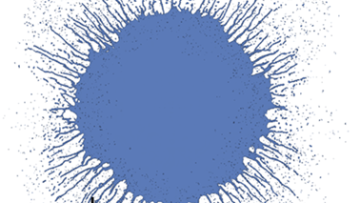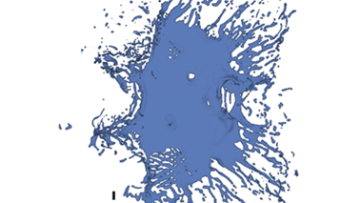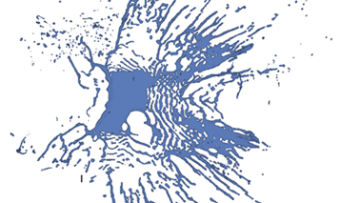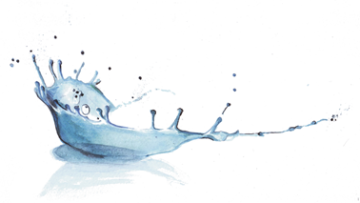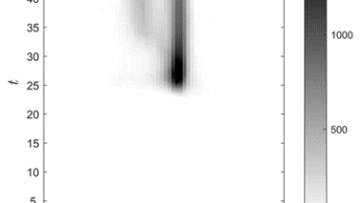Using Bose-Einstein condensates to explore scales where quantum physics and general relativity overlap
Abstract
Progress in developing a consistent theory that describes physical phenomena
at scales where quantum and general relativistic effects are large is
hindered by the lack of experiments. In this talk, we present a proposal
that would overcome this experimental obstacle by using a Bose-Einstein
condensate (BEC) to test for possible conflicts between quantum theory and
general relativity. Recent developments in large BEC systems allows us to
verify if gravitationally-induced wave function collapse occurs at the
timescales predicted by Roger Penrose. BECs with high particle numbers
(N>10^9) can also be used to demonstrate quantum field theory in curved
spacetime by observing how changes in the spacetime affect the phononic
quantum field of a BEC. These effects will enable the development of a new
generation of instruments that will be able to probe scales where new
physics might emerge, with applications including gravitational wave
detectors, gravimeters, gradiometers and dark energy probes.



